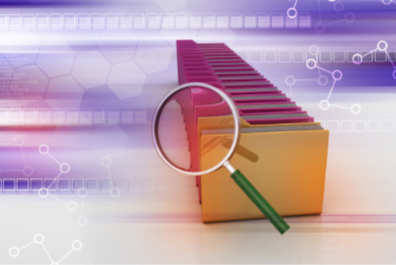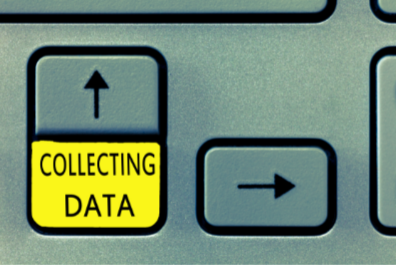Effective research data management is crucial for enhancing the efficiency and reproducibility of your work. Proper data management involves planning and making informed decisions throughout the research lifecycle. These decisions include choosing the best solutions and approaches for storing, organizing, documenting, sharing, and archiving data while ensuring long-term accessibility and value. The resources listed below offer guidance to get you started and support your path toward open and reproducible research.
Data Literacy Series
Access our monthly series of graphical handouts with best practices on research data management.
Data Rescue @ UCSB
A new service to preserve at-risk datasets by archiving and documenting them locally.

Planning & Policies
Plan and strategize your research in compliance with funder mandates and institutional policies.
More Details
Finding & Accessing
Learn where to find available data sources and options to programmatically access data.
More Details
Collecting
Explore available tools and recommendations for collecting primary data.
More Details
Anonymizing & Protecting
Identify resources and recommendations for securely handling sensitive and restricted data.
More Details
Documenting & Organizing
Access recommendations for producing robust metadata and documentation to enhance the reusability of your data.
More Details
Ownership & Licensing
Understand how intellectual property rights (IPR) and licensing work within the context of data management.
More Details
Sharing & Archiving
Discover available repositories and recommendations for securely sharing and preserving your data.
More Details
Citing & Persistent Identification
Explore the benefits of proper attribution, including ways to assign persistent identifiers to data sources.
More Details
Backup & Versioning
Implement backup and versioning strategies to protect against data loss, maintain accurate change histories, and uphold data integrity.
More Details
